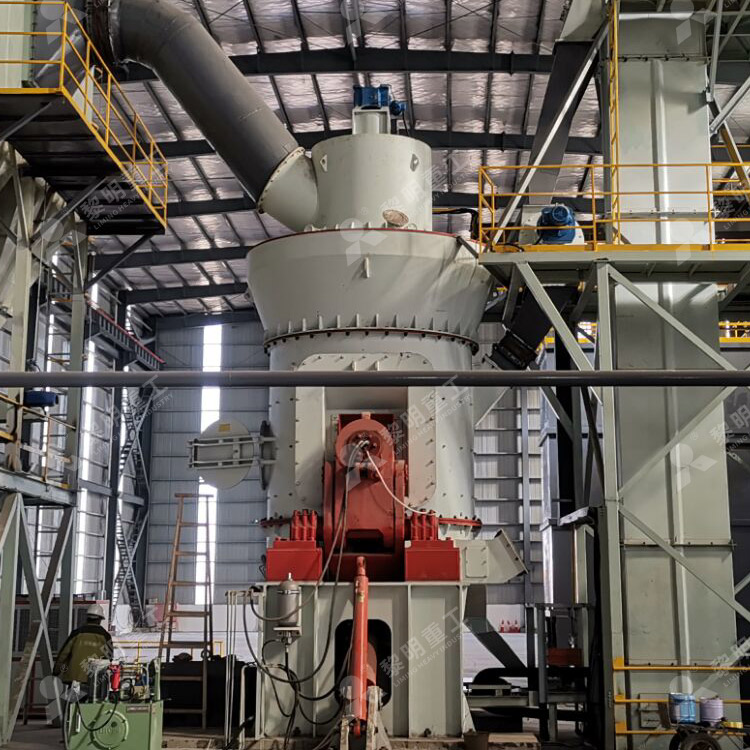Optimized Hot Air Furnace System for 200-Mesh Coal Mill in Power Plants
Introduction
The hot air furnace system is a critical component in 200-mesh coal grinding for power plant pulverized coal boilers. This technology ensures efficient drying and fine grinding of raw coal, directly impacting combustion efficiency and emissions control. A well-designed system integrates heat source optimization, temperature control, and energy recovery to maximize performance while minimizing operational costs.
Key Technical Features
High-Efficiency Heat Exchange
Utilizes waste heat recovery from flue gases or dedicated hot air furnaces to preheat drying air (typically 250-400°C).
Advanced heat exchanger designs improve thermal transfer, reducing auxiliary fuel consumption.
Precision Temperature Control
Automated PID regulation maintains optimal inlet air temperature (±5°C) to prevent over-drying or coal moisture clogging.
Integrated safety interlocks protect against overheating and fire risks.
Hot air flow velocity (18–25 m/s) and mill dynamics are calibrated to achieve uniform 200-mesh fineness (D80 ≤ 74 μm).
Dynamic classifiers adjust particle distribution in real time for peak boiler efficiency.
Energy-Saving Innovations
Low-NOx burners or biomass co-firing options cut carbon emissions.
Variable frequency drives (VFDs) on fans reduce power use by 15–30%.
System Integration Benefits
Lower Operating Costs: Reduced fuel and electricity consumption vs. traditional systems.
Enhanced Reliability: Robust corrosion-resistant materials (e.g., SS310 liners) extend equipment life in high-temperature environments.
Compliance Ready: Meets emissions standards (e.g., SO₂ < 50 mg/Nm³, NOx < 100 mg/Nm³) with optional scrubber integration.
Investment Considerations
Retrofit vs. New Build: Retrofitting existing mills with modern furnaces can slash costs by 40%.
Payback Period: Typically 2–3 years via fuel savings and maintenance reductions.
Conclusion
An optimized hot air furnace system for 200-mesh coal mills delivers higher thermal efficiency, lower emissions, and operational cost savings. By leveraging advanced heat recovery and smart controls, power plants can achieve stable combustion performance while meeting sustainability goals.





